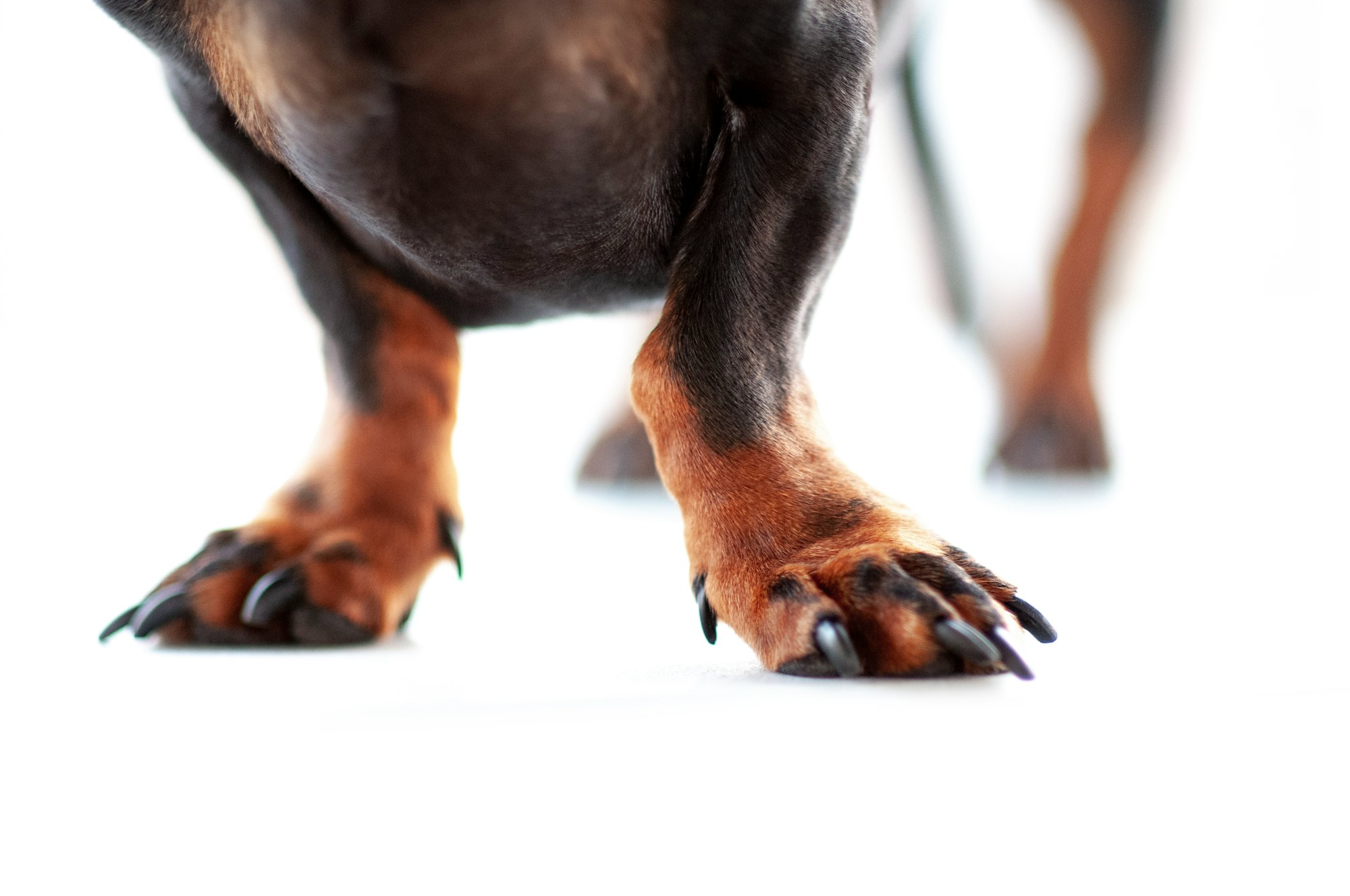Dog urine killing grass is a common problem that many pet owners face. When dogs urinate on the grass, the high concentration of nitrogen in their urine can cause the grass to turn yellow or brown. This can be frustrating for homeowners who take pride in their lawn and want it to look its best.
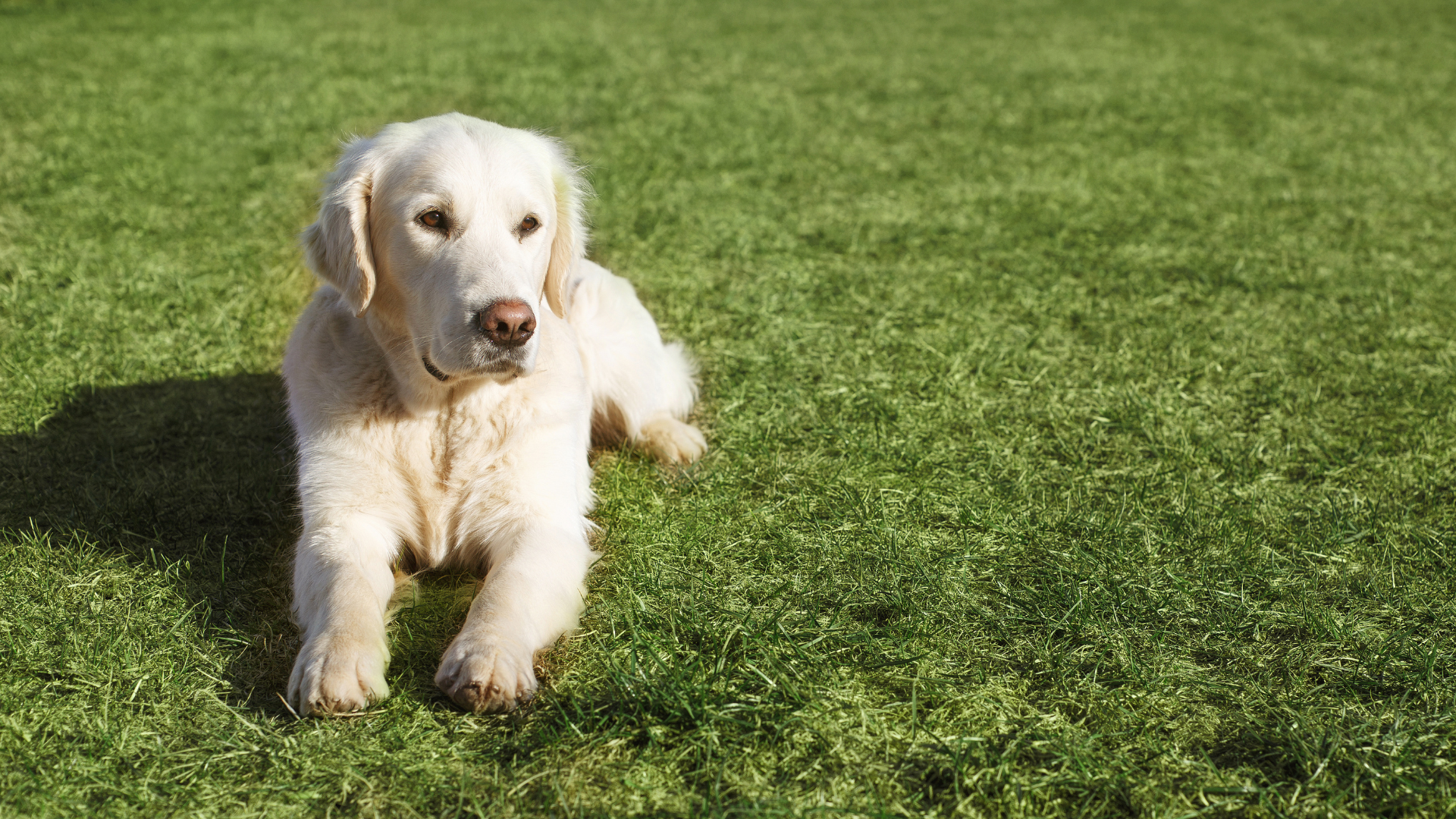
There are several ways to prevent dog urine from killing grass. One option is to create a designated area for your dog to urinate. This can be done by training your dog to use a specific spot in the yard or by installing a dog potty area. Another option is to dilute your dog's urine by watering the area immediately after they go. This will help to dilute the nitrogen and prevent it from harming the grass.
Causes of Grass Damage
Dog urine can cause significant damage to grass, resulting in brown spots and dead patches. There are several factors that contribute to this issue.
Chemical Composition of Dog Urine
Dog urine contains a variety of chemicals, including urea, creatinine, and uric acid. These compounds can have a significant impact on the health of grass. Urea is a nitrogen-rich compound that can stimulate the growth of grass. However, when it is present in high concentrations, it can burn the grass and cause damage. Creatinine is a waste product that is excreted in urine. It does not have a significant impact on grass health. Uric acid is a compound that is unique to mammals. It is highly concentrated in dog urine and can have a significant impact on grass health.
Nitrogen Content and Its Effects
Nitrogen is an essential nutrient for grass growth. However, when it is present in high concentrations, it can cause damage to grass. Dog urine is high in nitrogen, which can result in nitrogen burn. Nitrogen burn occurs when the grass is exposed to too much nitrogen, resulting in brown spots and dead patches. This is because the grass is unable to absorb all of the nitrogen, and the excess nitrogen can damage the grass.
pH Level Impact on Turf Health
The pH level of dog urine can also have an impact on turf health. Dog urine is typically acidic, which can lower the pH level of the soil. When the pH level of the soil is too low, it can make it difficult for grass to absorb nutrients. This can result in poor grass growth and can make the grass more susceptible to damage from other factors, such as drought or disease.
To prevent grass damage from dog urine, it is important to take steps to dilute the urine and minimize its impact on the grass. This can be achieved by watering the grass regularly, creating designated areas for the dog to urinate, and using products that can neutralize the effects of dog urine on grass.
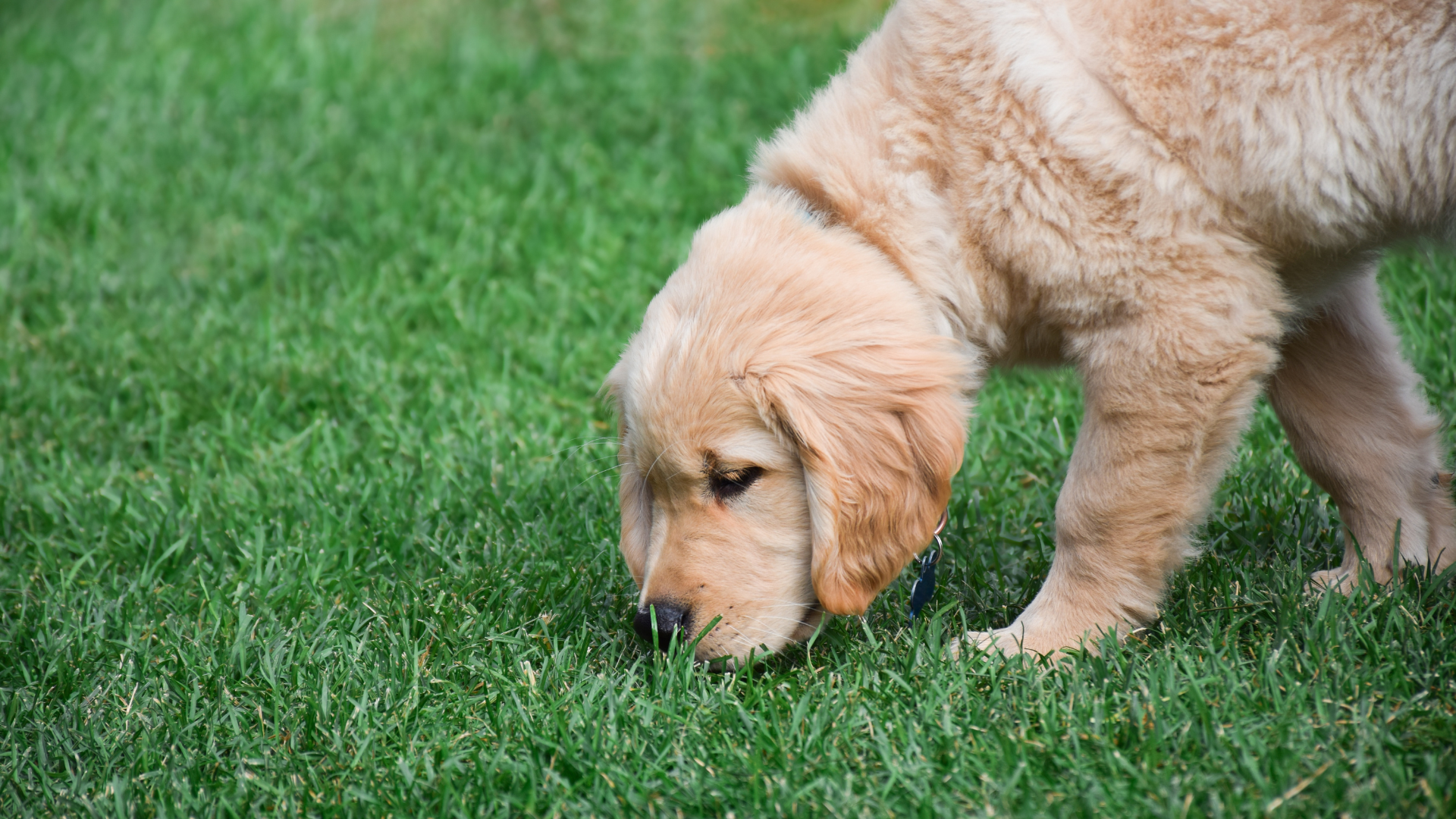
Preventive Measures
Dog owners can take several preventive measures to avoid or minimize the damage caused by dog urine on their lawns. These measures include proper hydration for dogs, dietary adjustments, and lawn care practices.
Proper Hydration for Dogs
One of the most effective ways to prevent dog urine from killing grass is to ensure that dogs are properly hydrated. A well-hydrated dog produces less concentrated urine, which is less likely to damage grass. Dog owners should make sure that their dogs have access to clean water at all times, especially during hot weather or periods of increased physical activity.
Dietary Adjustments
Dietary adjustments can also help prevent dog urine from killing grass. Dog owners can reduce the concentration of nitrogen in their dog's urine by adjusting their diet. Feeding dogs a low-protein diet or adding supplements to their food can help reduce the concentration of nitrogen in their urine. However, dog owners should consult with their veterinarian before making any dietary changes.
Lawn Care Practices
Lawn care practices can also help prevent dog urine from killing grass. Dog owners can create a designated urination area for their dogs, such as a gravel or mulch bed, to concentrate the damage in one area. They can also water the lawn immediately after their dogs urinate to dilute the urine and prevent it from damaging the grass. Additionally, dog owners can choose grass varieties that are more resistant to dog urine, such as Bermuda grass or fescue.
By implementing these preventive measures, dog owners can minimize the damage caused by dog urine on their lawns.
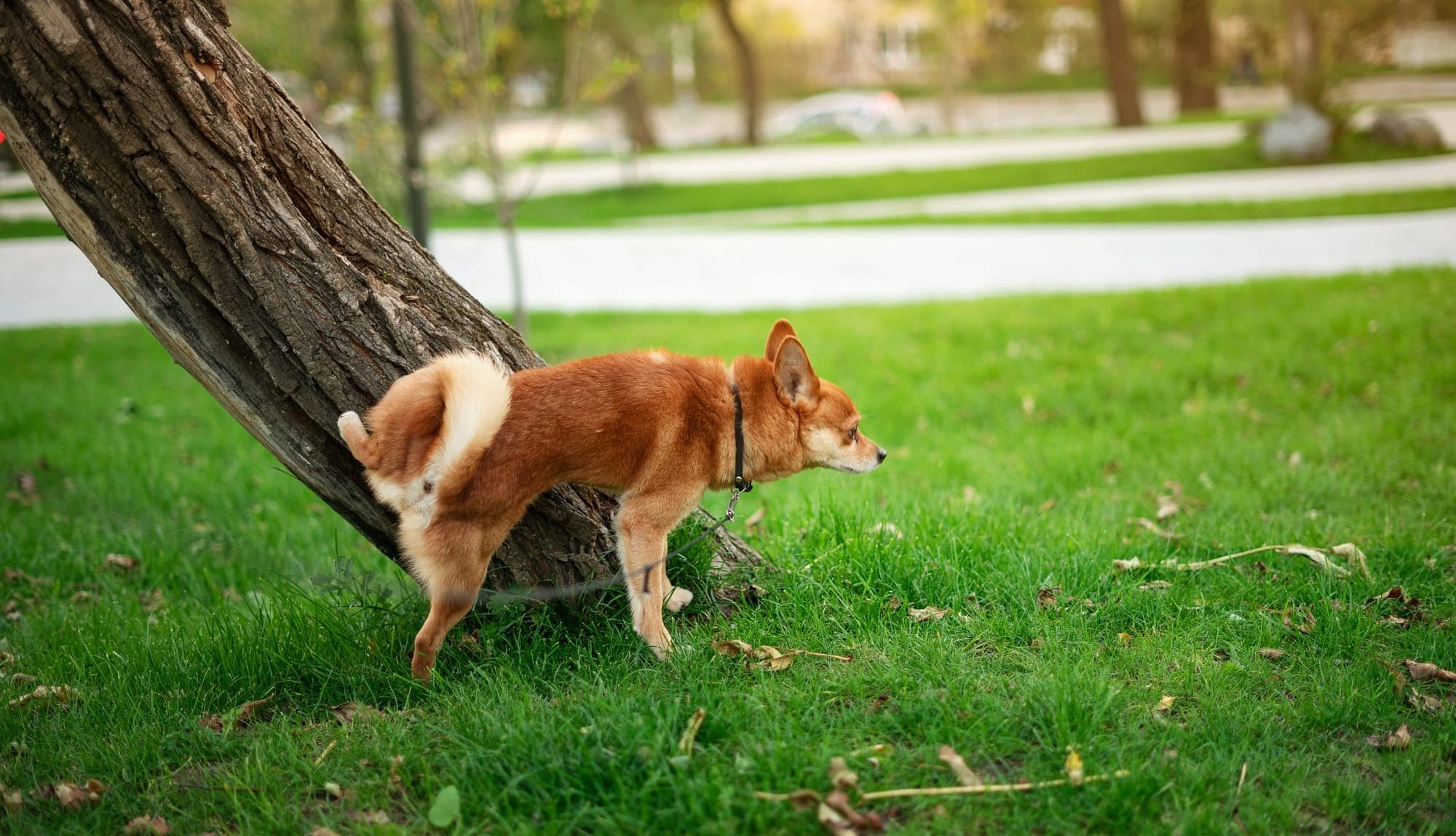
Remedial Actions
When it comes to dealing with dog urine killing grass, there are several remedial actions that can help mitigate the damage. These actions include immediate response to urination, repairing damaged lawn, and choosing resistant grass types.
Immediate Response to Urination
The best way to prevent dog urine from killing grass is to dilute it with water immediately after the dog urinates. This helps to flush out the excess nitrogen and salts from the soil, reducing the "burn" effect on the grass. A hose or watering can can be used to apply water to the affected area.
Repairing Damaged Lawn
If the grass has already been damaged, there are a few steps that can be taken to repair it. First, water the lawn deeply to help flush out the excess nitrogen and salts. Next, cultivate the soil in the affected area using a trowel. This will help to loosen the soil and allow for better water penetration. Finally, spread a 2:1 mixture of garden topsoil and grass seed over the affected area, and water it thoroughly.
Choosing Resistant Grass Types
Another way to prevent dog urine from killing grass is to choose grass types that are more resistant to the effects of urine. Some grass types that are more resistant include fescue and Bermudagrass. It is also important to avoid over-fertilizing the lawn, as this can make the grass more susceptible to damage from dog urine.
Overall, by taking these remedial actions, pet owners can help prevent and repair the damage caused by dog urine on grass.
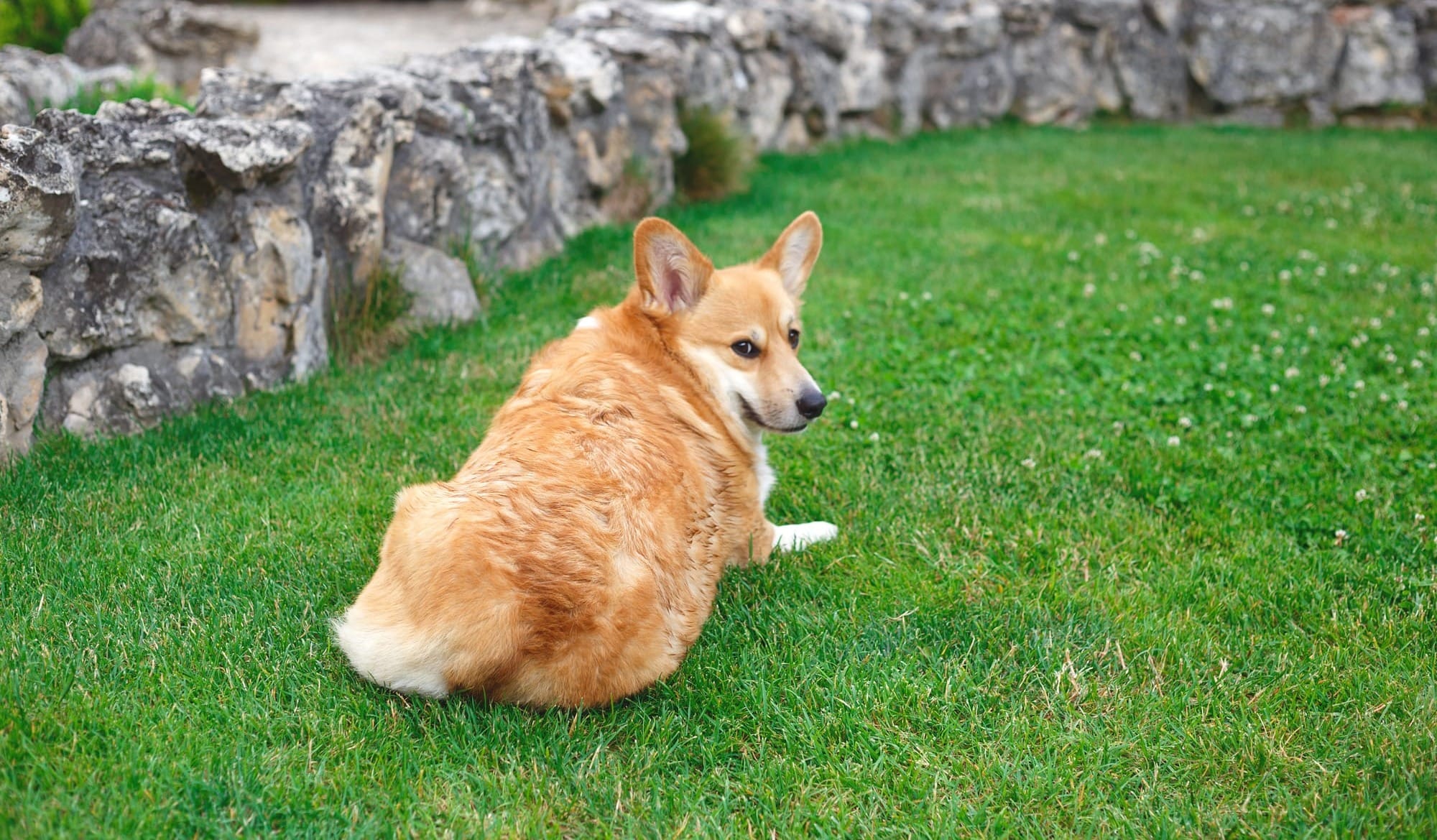
Understanding Grass Types
When it comes to understanding why dog urine kills grass, it's important to know the type of grass that's being affected. There are two main categories of grass: cool-season grasses and warm-season grasses.
Cool Season Grasses
Cool-season grasses are typically grown in the northern parts of the United States, where the climate is cooler. These grasses grow best in temperatures between 60 and 75 degrees Fahrenheit. Examples of cool-season grasses include Kentucky bluegrass, fescue, and ryegrass.
One important thing to note about cool-season grasses is that they tend to be more susceptible to damage from dog urine. This is because they have a shallower root system, which means that the nitrogen in dog urine can easily burn the grass.
Warm Season Grasses
Warm-season grasses, on the other hand, are typically grown in the southern parts of the United States, where the climate is warmer. These grasses grow best in temperatures between 80 and 95 degrees Fahrenheit. Examples of warm-season grasses include Bermuda grass, Zoysia grass, and St. Augustine grass.
Warm-season grasses tend to be more resistant to damage from dog urine because they have a deeper root system. This means that the nitrogen in dog urine is less likely to burn the grass.
In conclusion, understanding the type of grass that's being affected is crucial when it comes to preventing damage from dog urine. Cool-season grasses are more susceptible to damage, while warm-season grasses are more resistant.
Dog Behavior and Training
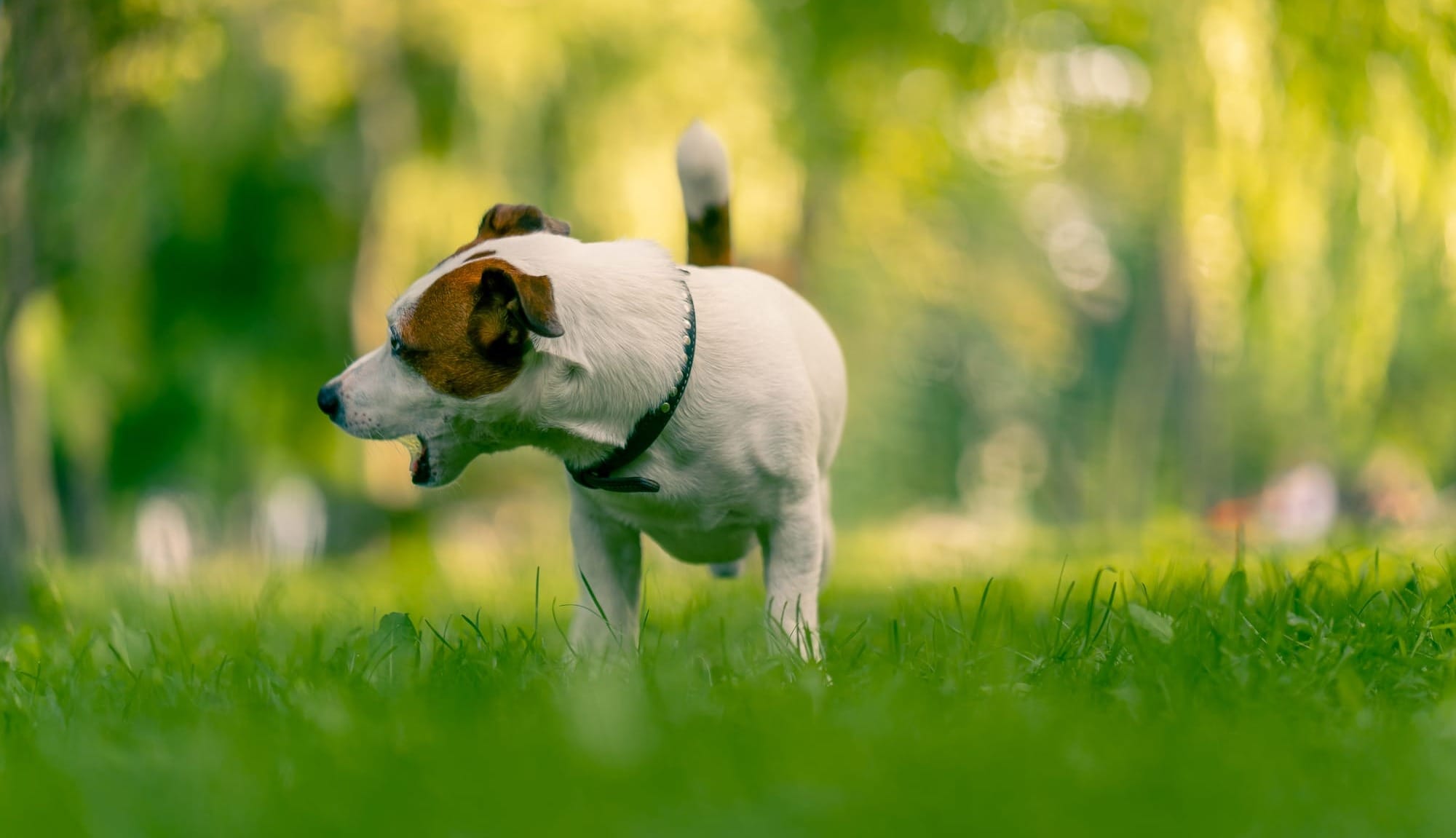
Training Dogs to Use Designated Areas
One effective way to prevent dog urine from killing grass is to train dogs to use designated areas for urination. This can be done by creating a specific spot in the yard where the dog is encouraged to go, such as a gravel area or a designated patch of grass.
To train a dog to use a designated area, the owner should consistently bring the dog to the designated spot and reward the dog with praise or treats for using it. It is important to be patient and consistent with this training, as it may take some time for the dog to learn the new behavior.
Encouraging Frequent Breaks
Another way to prevent dog urine from killing grass is to encourage frequent breaks for the dog to urinate. This can be done by taking the dog out for more frequent walks or allowing the dog to go outside for shorter periods of time throughout the day.
Owners can also encourage their dogs to drink more water, which can dilute the urine and reduce its impact on the grass. Providing fresh water throughout the day and adding water to the dog's food can help increase their overall water intake.
By training dogs to use designated areas and encouraging frequent breaks, owners can help prevent their dog's urine from killing grass and maintain a healthy lawn.
Product Solutions
Urine Neutralizers
Urine neutralizers are products that help reduce the damage caused by dog urine on grass. These products work by breaking down the nitrogen in the urine, which is the primary cause of grass burn. Some of the best urine neutralizers on the market include:
- NaturVet GrassSaver Tablets: These tablets contain a combination of B-Complex vitamins and amino acids that help reduce the nitrogen in dog urine. They are easy to administer and can be added to your dog's food.
- Simple Solution Lawn Spot Away: This product is a spray that helps neutralize the nitrogen in dog urine. It also contains enzymes that help break down the proteins in the urine, which can help prevent odors.
- PetHonesty GrassGreen Grass Burn Spot Chews: These chews contain a blend of natural ingredients, including cranberry, apple cider vinegar, and DL-Methionine, which help reduce the nitrogen in dog urine. They are easy to administer and can be given as a treat.
Lawn Repair Products
If your grass has already been damaged by dog urine, you may need to use a lawn repair product to help restore it. Some of the best lawn repair products on the market include:
- Scotts EZ Seed Dog Spot Repair: This product is a combination of seed, mulch, and fertilizer that helps repair grass damaged by dog urine. It is easy to apply and can be used on all types of grass.
- Nature's Lawn & Garden Spotless Lawn: This product is an all-natural, non-toxic solution for preventing grass burns caused by dog urine. It effectively eliminates yellow spots on all types of grass and strengthens the grass to prevent new burn spots. The product is safe for pets and is easy to use with the hose-end sprayer.
- Pennington Smart Seed Sun and Shade Mix: This product is a mix of different grass seeds that can help repair grass damaged by dog urine. It is designed to grow in both sunny and shady areas and is easy to apply.
By using these products, dog owners can help reduce the damage caused by dog urine on grass and keep their lawns looking healthy and green.
Professional Advice
Consulting a Veterinarian
If you are concerned about the effects of your dog's urine on your lawn, it is always a good idea to consult with your veterinarian. They can provide you with valuable information on the health of your dog and the best ways to prevent damage to your lawn. A veterinarian can also advise you on any dietary changes that may help reduce the nitrogen content of your dog's urine.
Landscape Expert Recommendations
Landscape experts recommend a variety of methods to prevent damage to your lawn caused by dog urine. These methods include creating designated areas for your dog to urinate, watering the lawn after your dog urinates, and spiking the affected area with a garden fork to promote healthy growth.
Additionally, you can try using grass seed blends that are specifically designed to withstand the effects of dog urine. These blends typically contain a mix of grass species that are more resistant to nitrogen-rich urine.
It is important to note that while these methods may help prevent damage to your lawn, they are not foolproof. If you are still experiencing issues with your lawn, it may be helpful to consult with a professional landscaper. They can provide you with tailored recommendations based on the specific needs of your lawn and your dog.
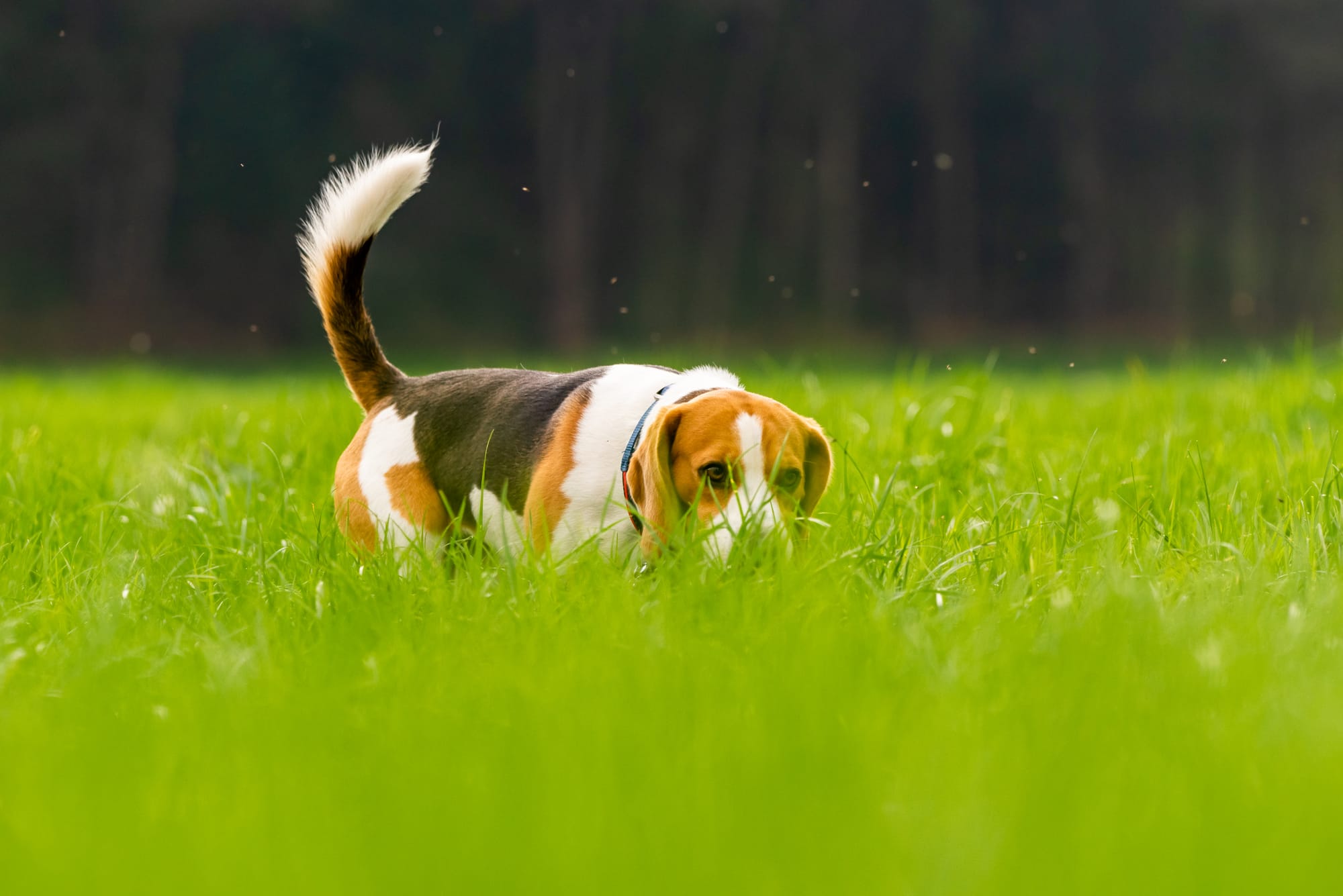
Conclusion:
In conclusion, managing the impact of dog urine on grass involves understanding its chemical effects and implementing targeted strategies. Pet owners can minimize lawn damage by ensuring proper hydration for their dogs, making dietary adjustments, and training pets to use designated urination areas. Diluting urine immediately with water and using urine-neutralizing products also help protect the grass.
For existing lawn damage, repairing with appropriate products and choosing resistant grass types can restore its health. By combining these practices with consistent care and possibly consulting professionals, owners can maintain a vibrant lawn while accommodating their pets' needs effectively.

